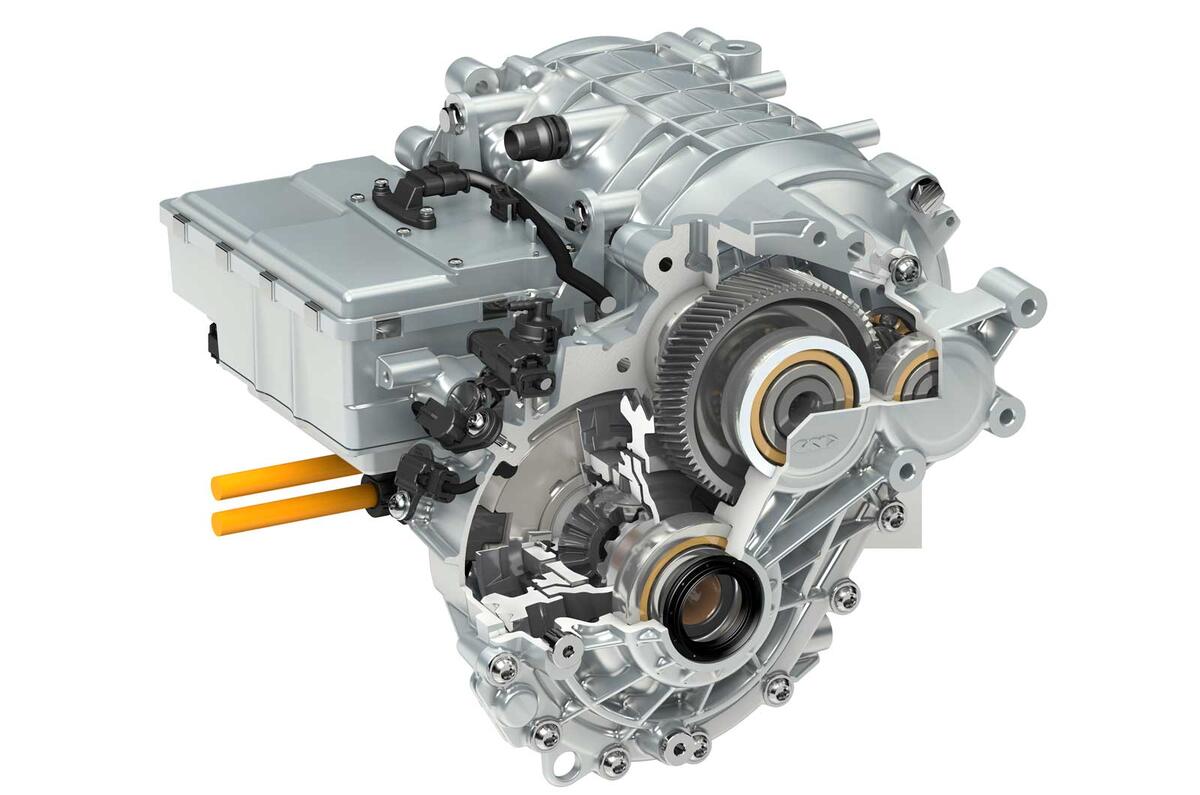The company that created the all-wheel drive systems of the BMW i8 and Porsche 918 has produced an innovative electric drive system that can produce up to 1475lb ft of torque.
GKN Driveline, a British engineering firm that can also lay claim to co-developing the Ford Focus RS’s drive system, has managed to tightly integrate parts to create a better-optimised, more efficient drive system.
It is claimed to improve performance and offer better packaging and assembly options for manufacturers.
The first system (pictured) has been developed for plug-in hybrids and will reach the market in a yet to be confirmed production model. It uses a liquid-cooled electric motor that sends drive through a single-speed eAxle that drives the rear wheels.
The system produces up to 87bhp and a substantial 1475lb ft, while measuring just 300mm high and 325mm wide, thus enabling tight packaging within a car’s chassis.
It also weighs just 54kg, which is around 2.5kg lighter than other comparable drivelines, according to GKN.
“The key reason for its development is cost,” said Theo Gassman, GKN’s director of advanced engineering and eDrive systems. “Our system eliminates the connector and the cable between the electronic power and the motor, saving significant cost.”
Gassman said other positive knock-on effects include significant improvements to performance and increased modularity.
“[Manufacturers] are pushing for higher levels of integration and want to have the motor integrated in with the transmission in one housing,” he said. "This allows for deeper mechanical integration but is also important for fuel saving – you can reduce the weight and get better performance, so specific kilowatt per kilo output is better.”
Gassman revealed that while these types of systems are being developed in-house, they make use of a wide range of parts provided by different suppliers.
“The systems are not just connected to one car, they’re each a building block that allows you to have multiple applications,” he said. “This [type of adaptable system] is more complex to produce, but the overall development cost is down when more manufacturers use it.”
Gassman said these modular drivelines can be produced for multiple manufacturers wanting a variety of layouts, including rear, front and all-wheel drive.
“The more functionality you develop into the system, the more you can power it up and support the downsizing of combustion engines,” he added. “You can use shared parts in a front-wheel-drive city car and a rear-wheel-drive sports car.”





Join the debate
Add your comment
British Tech
Solution to adding economy to petrol engines?